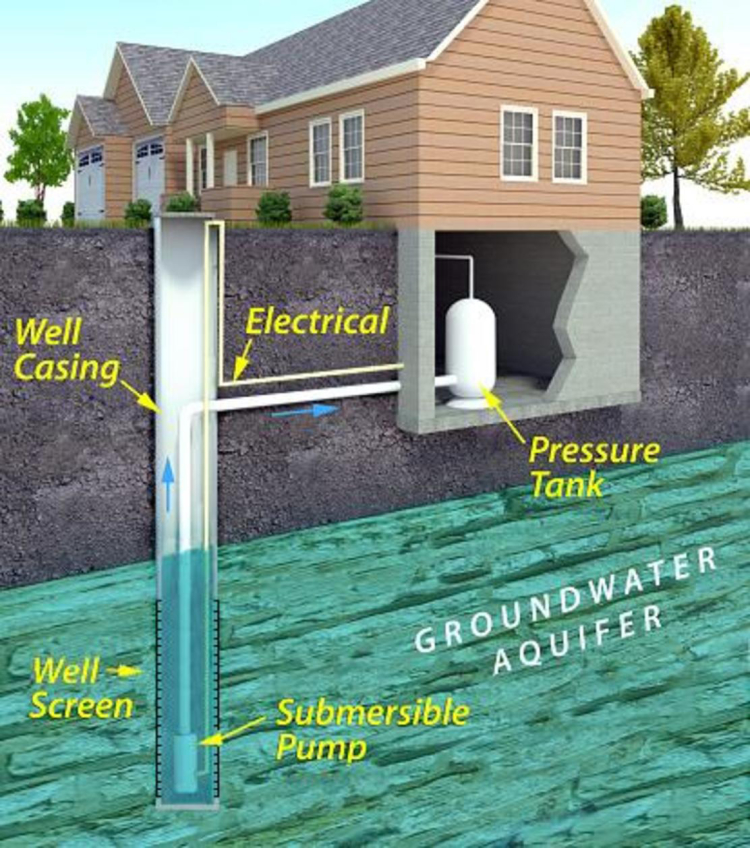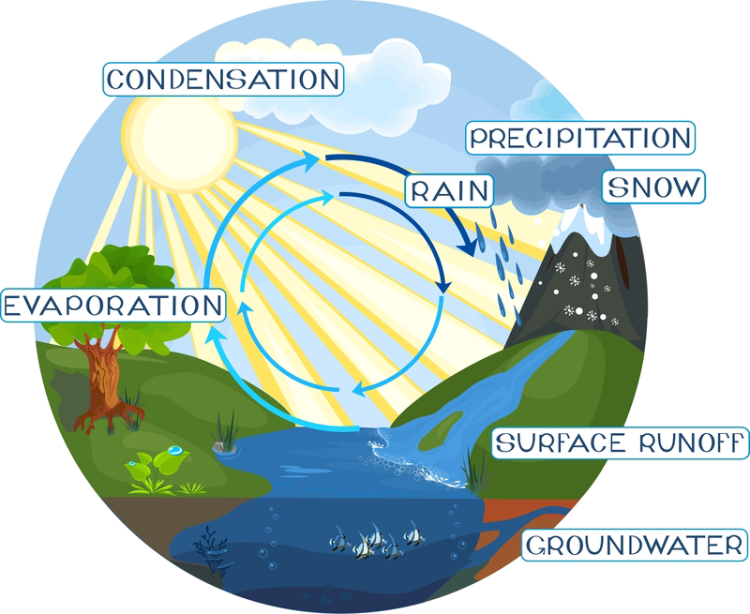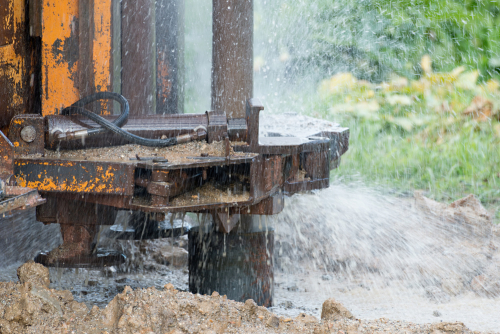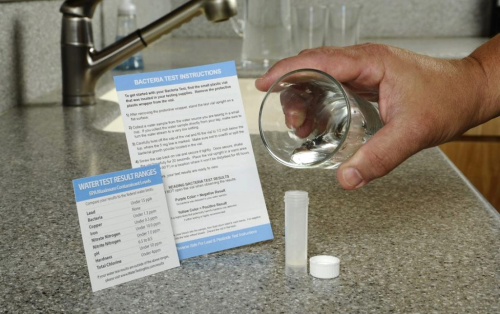Private Water Wells Homeowner Tips
Private Water Wells Homeowner Tips

Credit: USEPA
Know Your Water

"When the well's dry, we know the worth of water."
Benjamin Franklin
You turn on the faucet to fill your glass with water.
Do you think to yourself, “Wow, how amazing that I can do that”? Probably not. But we can never take that for granted, especially in rural areas not served by a centralized public supplier. Homeowners reliant on individual residential water wells should become knowledgeable about this hidden resource.
The Hydrologic Cycle

Groundwater starts as precipitation, just as surface water does. On the land, water evaporates or runs off into streams and rivers, or it seeps into the ground where some is transpired back to the atmosphere by plants. The remainder becomes groundwater that is stored and travels in aquifers — permeable layers of earth materials such as sand, gravel, limestone, and sandstone and within fractures in bedrock. Water continually moves underground and eventually groundwater emerges back to the surface in streams and continues to participate in the hydrologic cycle. Your private water well draws water from this cycle from the surrounding geologic formations into the well. A pump system is then used to carry that water up and into your home.
Water Quality
Natural water quality will depend on the kinds of rocks and earth materials in the area and how long the water was in contact with the rock. Common natural constituents are dissolved solids, calcium carbonate, and iron from dissolved minerals. Human activities can cause changes to groundwater quality as well. The most common water quality problem in private water supplies is bacterial contamination from surface sources and septic tanks that aren’t working properly. Groundwater also can be polluted by toxic materials like paint thinner, motor oil and other household chemicals that are improperly handled and disposed of down the drain.
Why Do Wells Go Dry?
Dug wells and well points may go dry, but very few drilled wells ever actually go dry. If drilled wells stop delivering water, most often the pump intake was not set deep enough to allow for a potential decline in water levels — either seasonal variations or due to drought. Or perhaps the small strainer that covers the pump intake became partially clogged so the pump can no longer pump the same amount of water. In both instances, when the pumping rate exceeds inflow to the well, air is pumped and no water is produced until the water level in the well recovers.
A drought-related water shortage in a private well may be solved by setting the pump lower or by deepening the well to provide adequate storage in the well for shortterm pumping.

Effects of Climatic Trends on Groundwater
Groundwater levels fluctuate seasonally — typically at their highest in spring, then decreasing in summer and early fall as plants capture most of the precipitation that would otherwise recharge groundwater. Levels continue to decline in winter when the soil freezes.
Long-term climatic trends may cause changes in groundwater storage and water levels. During long periods of above-average precipitation, the water table rises closer to the land surface where it may flood basements, interfere with building construction and cause waste disposal systems to malfunction. Below-average precipitation during drought events causes a decline in water levels.
What You Can Do

Private well owners should be diligent about the safety of their drinking water. The best way to assure wells will produce safe water is through proper well location and construction.
- Locate the well so rainwater, which can pick up harmful bacteria and chemicals on the land’s surface, flows away from the well instead of pooling near it.
- Cover the well with a sealed, vented cap to keep unwanted items out.
- Don’t use fertilizers or pesticides, dump wastes of any kind, or keep livestock near the well.
- Practice water conservation- the less water we use, the less water has to be cleaned up before it is available again.
- Regularly test the well water for bacterial contamination.
- Know how the well system operates and be familiar with the function of each system component.
- Perform regular maintenance on the well, well system components, and the area surrounding the well.
- If drilling a new well, follow state guidelines for well construction and make sure the casing is grouted.
Helpful Resources
The Susquehanna River Basin Commission does not regulate private wells nor does it provide recommended criteria or standards for individual wells. Your state water-well contractor licensing agency, your local health department, or a local water system professional can provide information on proper well construction, operation, and maintenance.
These are some links to websites that host additional educational materials and resources to help private well owners.